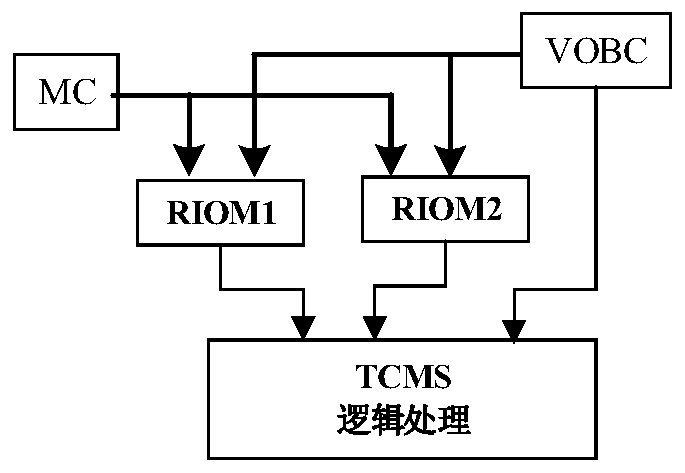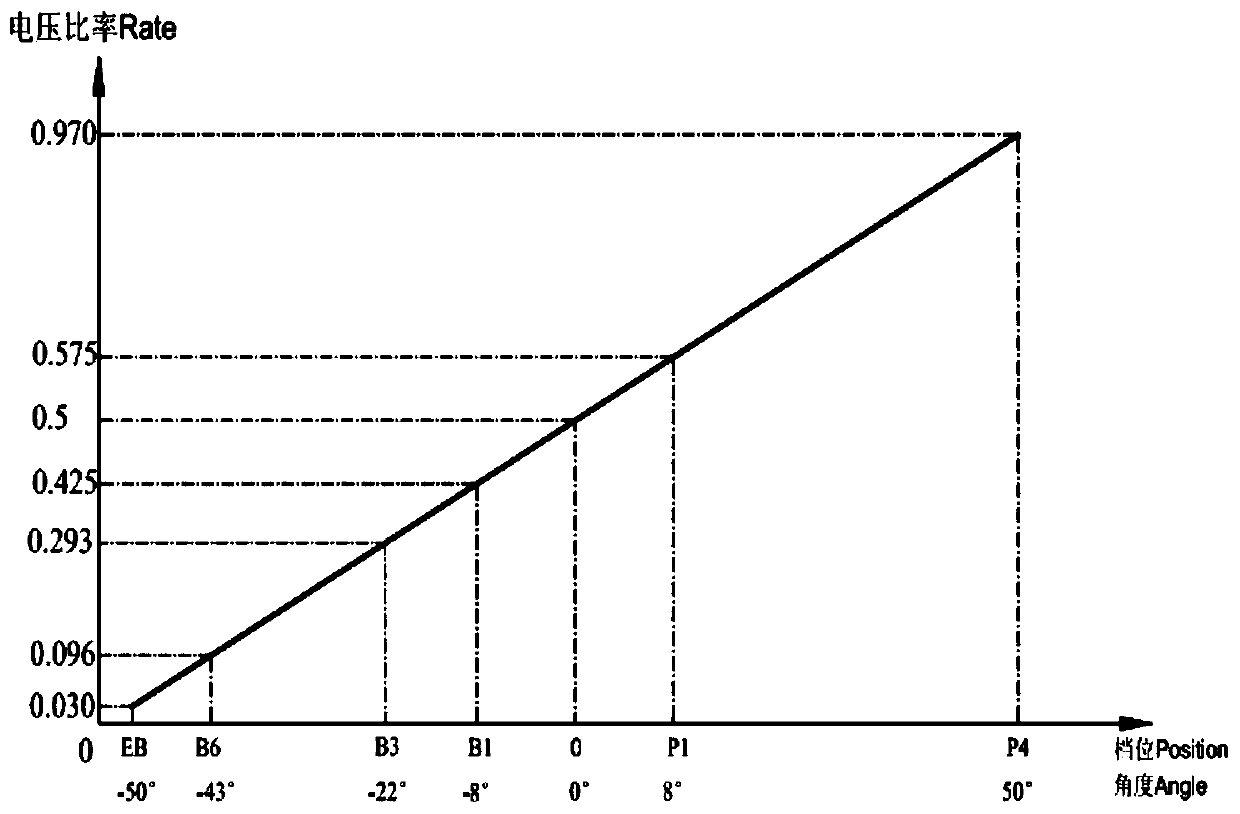Control method of traction braking level of rail train
A technology for rail trains and control methods, applied in the directions of brakes, brake components, brake safety systems, etc., can solve the problem of the lack of redundant mechanism diagnosis mechanism and safety guidance mechanism for hard-line signal acquisition, the downgrade of train operation level, and the problem of train marking. Train operation order and other issues, to achieve the effect of reducing the probability of vehicles going offline, reducing train equipment, and strict control strategies
- Summary
- Abstract
- Description
- Claims
- Application Information
AI Technical Summary
Problems solved by technology
Method used
Image
Examples
Embodiment Construction
[0034] Specific embodiments of the present invention will be further described below in conjunction with the accompanying drawings.
[0035] The traction braking level of rail trains is mainly derived from the signal system output (VOBC) of the automatic driving mode (ATO) and the controller (MC) output of the manual driving mode. The VOBC output in ATO mode is interfaced with the train network control system as a hard-wired signal, usually a 4-20mA current signal or a 0-10V voltage signal. 20mA current signal is mostly. The interface between the MC output in the manual driving mode and the TCMS is a hard-wire signal, usually a 0-10V voltage signal or a PWM signal. In recent years, the traction brake level signal output by the MC in the subway train project is mostly a 0-10V voltage signal. In this embodiment, taking the traction braking level control of a subway train as an example, a traction braking level control method is designed, including:
[0036] (1) Obtain the trai...
PUM
 Login to View More
Login to View More Abstract
Description
Claims
Application Information
 Login to View More
Login to View More - R&D
- Intellectual Property
- Life Sciences
- Materials
- Tech Scout
- Unparalleled Data Quality
- Higher Quality Content
- 60% Fewer Hallucinations
Browse by: Latest US Patents, China's latest patents, Technical Efficacy Thesaurus, Application Domain, Technology Topic, Popular Technical Reports.
© 2025 PatSnap. All rights reserved.Legal|Privacy policy|Modern Slavery Act Transparency Statement|Sitemap|About US| Contact US: help@patsnap.com



